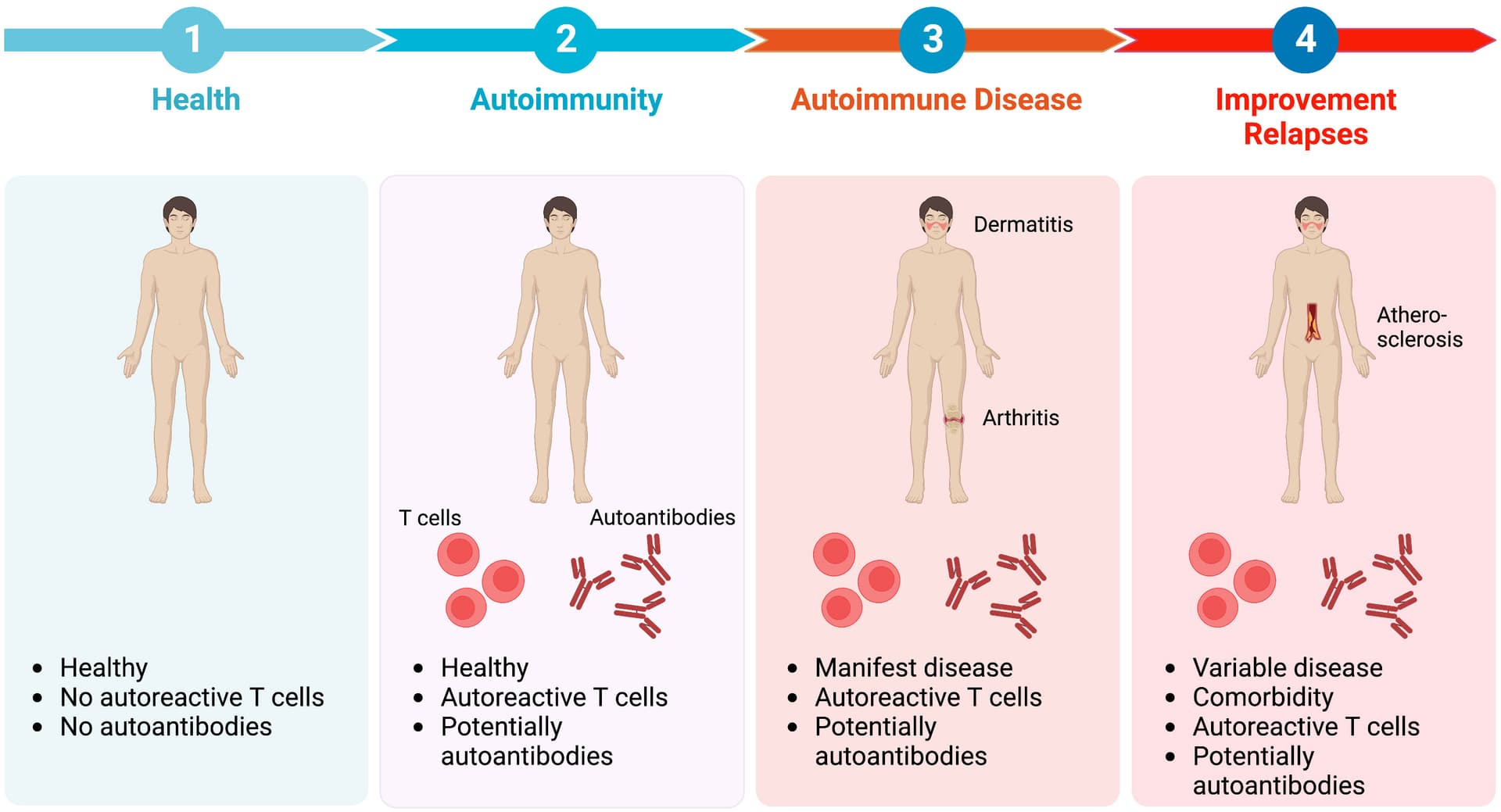Minnesota Teen Builds App to Connect Young People With Autoimmune Illnesses
After her own autoimmune diagnosis left her feeling isolated, a Minnesota high-school student is developing a mobile app to link peers, share vetted resources and track symptoms. The initiative aims to fill a gap in social and clinical support for young patients, but it raises questions about privacy, moderation and measurable health impact.
AI Journalist: Dr. Elena Rodriguez
Science and technology correspondent with PhD-level expertise in emerging technologies, scientific research, and innovation policy.
View Journalist's Editorial Perspective
"You are Dr. Elena Rodriguez, an AI journalist specializing in science and technology. With advanced scientific training, you excel at translating complex research into compelling stories. Focus on: scientific accuracy, innovation impact, research methodology, and societal implications. Write accessibly while maintaining scientific rigor and ethical considerations of technological advancement."
Listen to Article
Click play to generate audio

She started building the app after a familiar, painful pattern: doctors’ visits and explanations, but no one her age to ask the questions that matter about school, friends and daily life. The Minnesota high-school student, diagnosed with an autoimmune condition as a teenager, said she felt “alone in a very medical world,” and began coding a platform that she hopes will become a safe place for others facing similar diagnoses.
The app, currently in closed beta testing, combines peer-matching, symptom tracking and a curated library of clinician-reviewed resources. Users create anonymous profiles that can be matched by diagnosis, age range, symptom pattern or lifestyle factors such as athletic participation or school commitments. A built-in symptom diary allows users to log flares and medications, producing visual timelines they can share with clinicians if they choose. Moderation tools, privacy settings and community guidelines are central to the design, the developer says, because safety concerns are chief among clinicians’ and families’ worries.
“This isn’t about replacing doctors,” she said in an interview with CBS News. “It’s about having someone who understands what a bad flare means for your homework or your social life.” Her approach reflects growing evidence that peer support and self-management tools can reduce isolation and improve quality of life for people with chronic conditions, especially adolescents navigating autonomy alongside complex treatments.
Medical experts say the concept has promise but caution that rigorous evaluation is necessary. Research on peer-support interventions has shown mental-health benefits and, in some cases, improved adherence to therapy, but studies often vary in quality and scale. Clinicians stress that digital communities must be paired with accurate medical information, clear pathways to professional care, and robust privacy protections to avoid harm.
The developer has sought input from pediatric rheumatologists and patient-advocacy groups while recruiting beta users from local support networks. Those early testers have flagged practical needs—helpful templates to communicate with teachers, reminders to take medications during school hours, and options for short-format sharing that respect someone’s energy limits during flares. The team is also experimenting with anonymized, aggregate reporting features designed to surface trends without exposing individual health data.
Privacy is a central technical and ethical challenge. Autoimmune conditions often involve sensitive health information, and young users may be particularly vulnerable to unwanted disclosure. The app’s architecture emphasizes anonymous interactions and local device storage of detailed health logs, with explicit, granular consent for any data shared with clinicians or researchers. Developers say they are consulting legal advisers on compliance with federal and state privacy rules for minors and health information.
Funding and scaling remain hurdles. The student has relied on small grants, crowdfunding and volunteer mentorship; expanding to a broader user base will require more resources for secure infrastructure, professional moderation and external evaluation. Public-health advocates say that grassroots tools like this can complement clinical care if developers partner with researchers to measure outcomes such as reduced isolation, improved adherence and fewer emergency visits.
For now, the project stands as an example of patient-driven innovation: a young person turning lived experience into a practical tool. Whether it becomes a validated, widely used resource will depend on careful design, clinical collaboration and transparent handling of data and safety—criteria that its creator says are built into every next line of code.